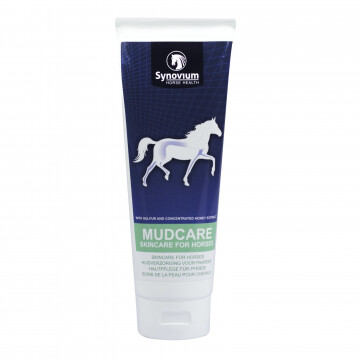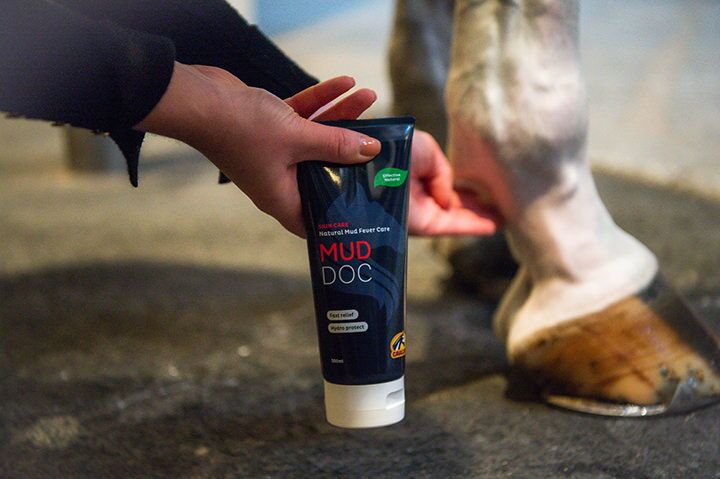Mud Fever Prevention During Wet Seasons for Your Horse

Mud fever, also known as pastern dermatitis, is a common and painful skin condition affecting horses, especially during wet and muddy seasons. This article will guide you through understanding mud fever, its causes, symptoms, and most importantly, effective prevention strategies to keep your horse healthy and comfortable.
What is Mud Fever?
Mud fever is an inflammatory skin condition that typically affects the lower limbs of horses. It is caused by prolonged exposure to wet, muddy, and unsanitary conditions, which allow bacteria and fungi to infect the skin.
Causes of Mud Fever
- Wet and Muddy Conditions: Constant moisture softens the skin, making it vulnerable to infections.
- Bacterial and Fungal Infections: Common culprits include Dermatophilus congolensis and various fungi.
- Poor Hygiene: Accumulation of mud, manure, and debris exacerbates the risk.
- Skin Trauma: Cuts or abrasions can provide entry points for pathogens.
Symptoms to Watch For
- Redness and inflammation on the pasterns
- Crusty scabs and oozing sores
- Swelling and heat in the affected area
- Hair loss and thickened skin
- Lameness in severe cases
Prevention Strategies
1. Maintain Clean and Dry Environment
- Regularly clean stables and paddocks to reduce mud and manure buildup.
- Use well-draining surfaces in high-traffic areas.
2. Proper Grooming
- Daily brushing to remove mud and debris.
- Inspect legs for early signs of irritation.
3. Protective Legwear
- Use waterproof boots or leg wraps during wet conditions.
- Ensure legwear is clean and dry to prevent trapping moisture.
4. Skin Care Routine
- Apply barrier creams or ointments designed to repel moisture.
- Use antiseptic washes if recommended by a vet.
5. Regular Veterinary Checks
- Early diagnosis and treatment can prevent complications.
Table: Comparison of Common Mud Fever Treatments
| Treatment Type | Description | Pros | Cons |
|---|---|---|---|
| Topical Antibiotics | Creams or ointments applied to skin | Effective against bacteria | May require vet prescription |
| Antifungal Treatments | Used if fungal infection suspected | Targets fungi specifically | Longer treatment duration |
| Barrier Creams | Prevent moisture contact | Easy to apply, preventive | Needs frequent reapplication |
Frequently Asked Questions (FAQ)
Q1: Can mud fever heal on its own?
A: Mild cases might improve with dry conditions, but veterinary treatment is recommended to prevent worsening.
Q2: How often should I clean my horse’s legs during wet seasons?
A: Ideally, clean and inspect daily to catch early signs of mud fever.
Q3: Are there specific products recommended for mud fever prevention?
A: Yes, products containing zinc oxide or petroleum jelly are commonly used as barrier creams.
Q4: Can diet affect my horse’s susceptibility to mud fever?
A: A balanced diet supports skin health, but environmental management is more critical.
Conclusion
Preventing mud fever requires consistent care, attention to your horse’s environment, and prompt action at the first signs of skin irritation. By following these guidelines, you can help ensure your horse stays healthy and comfortable throughout the wet seasons.
